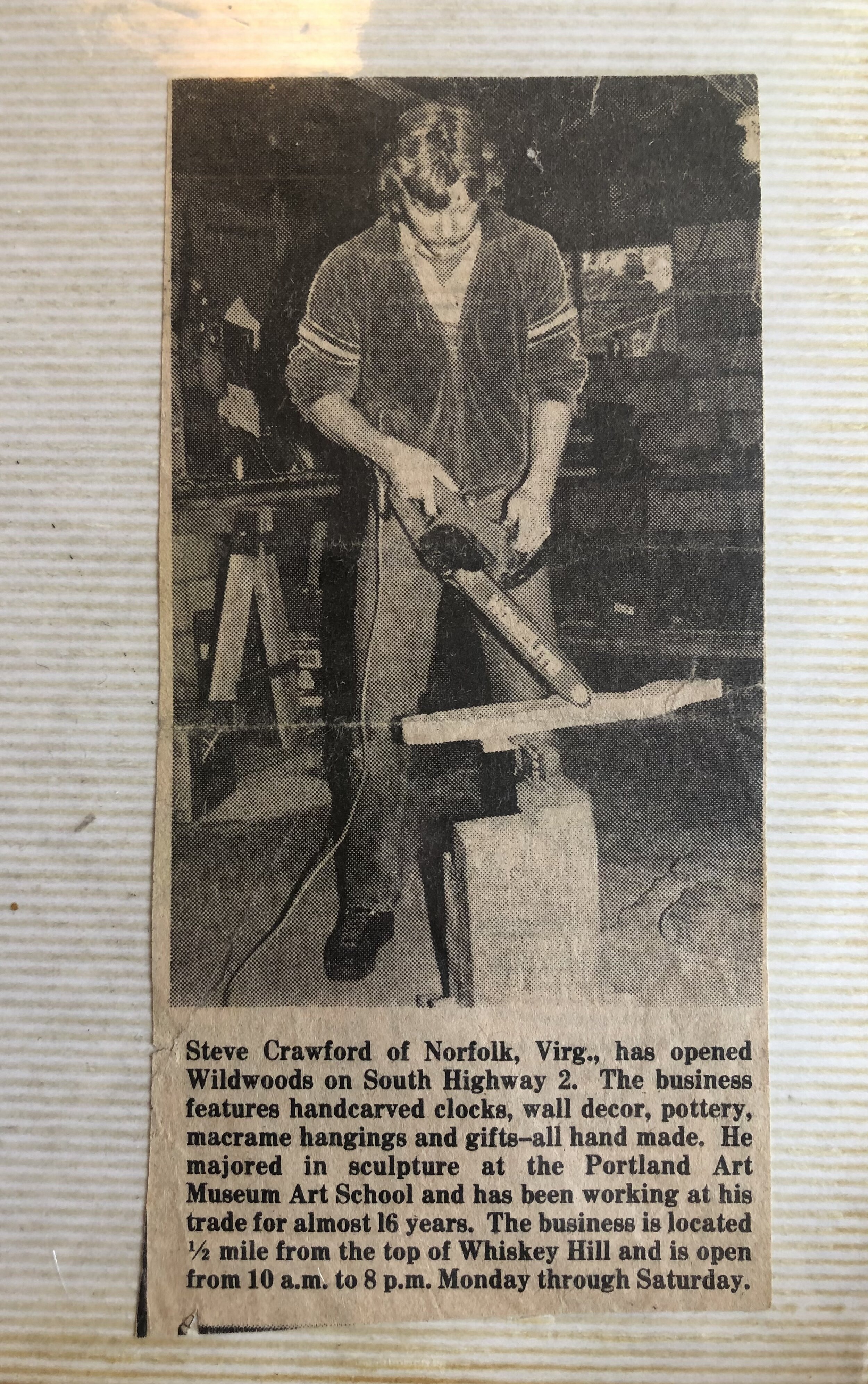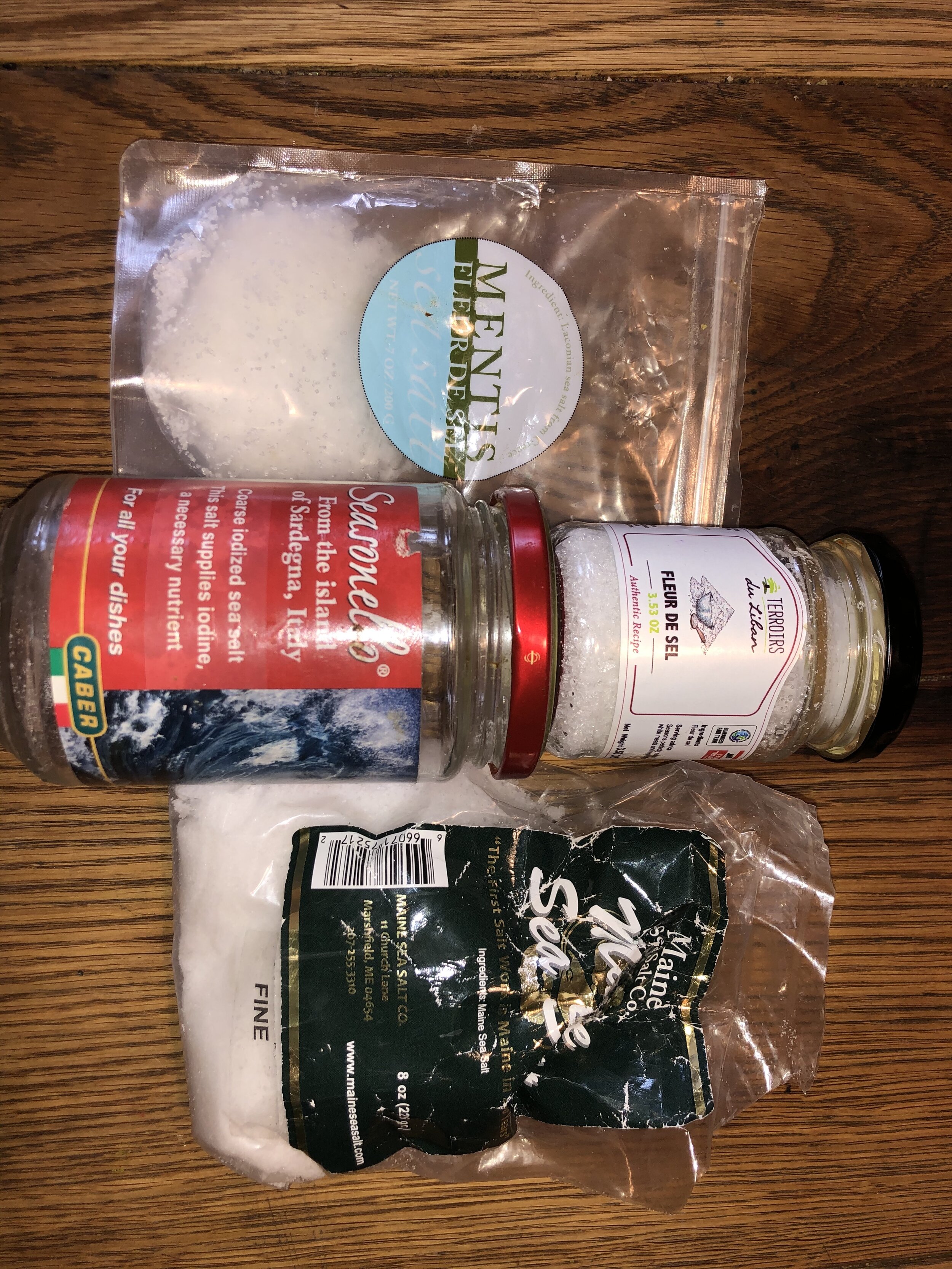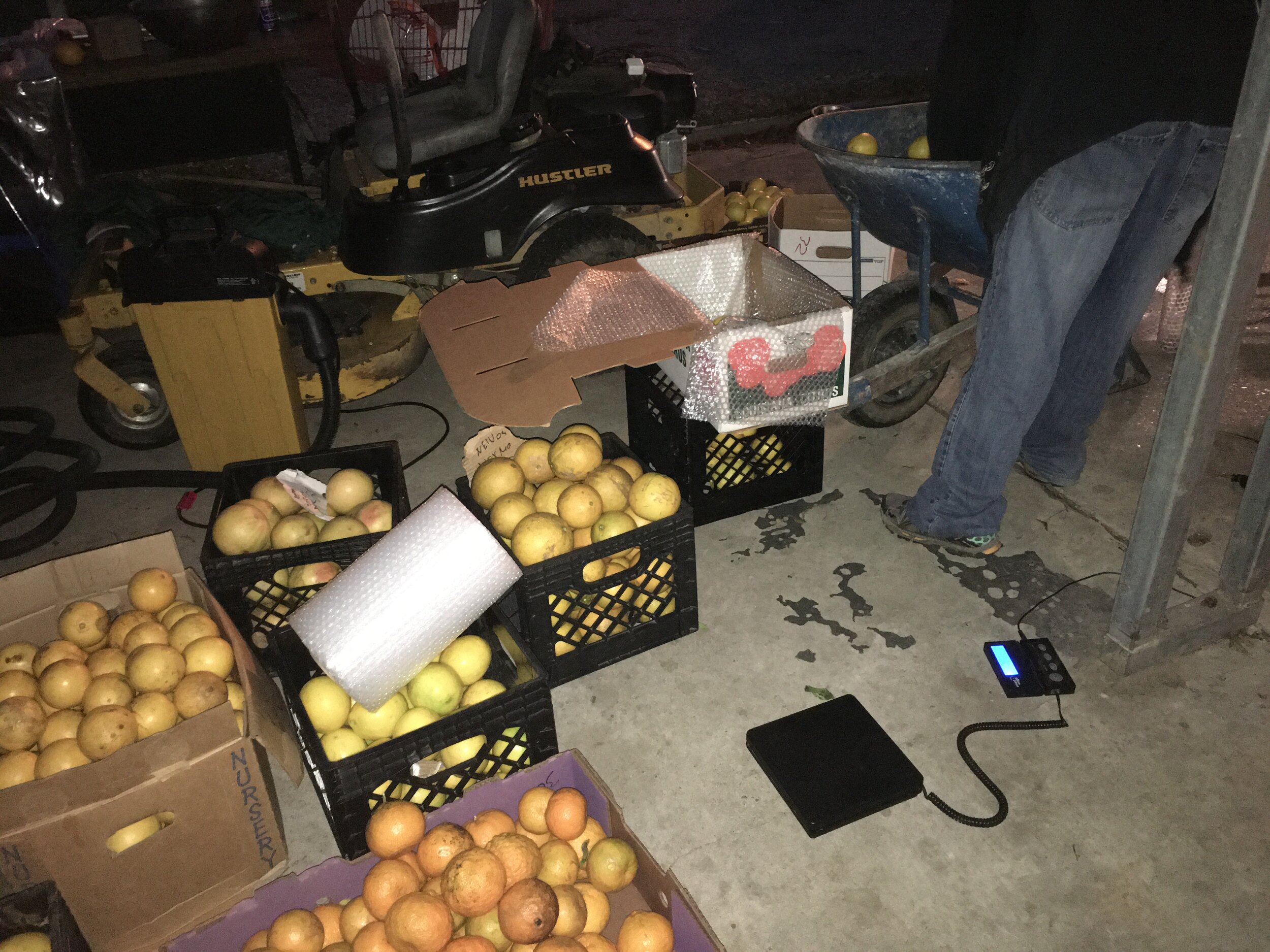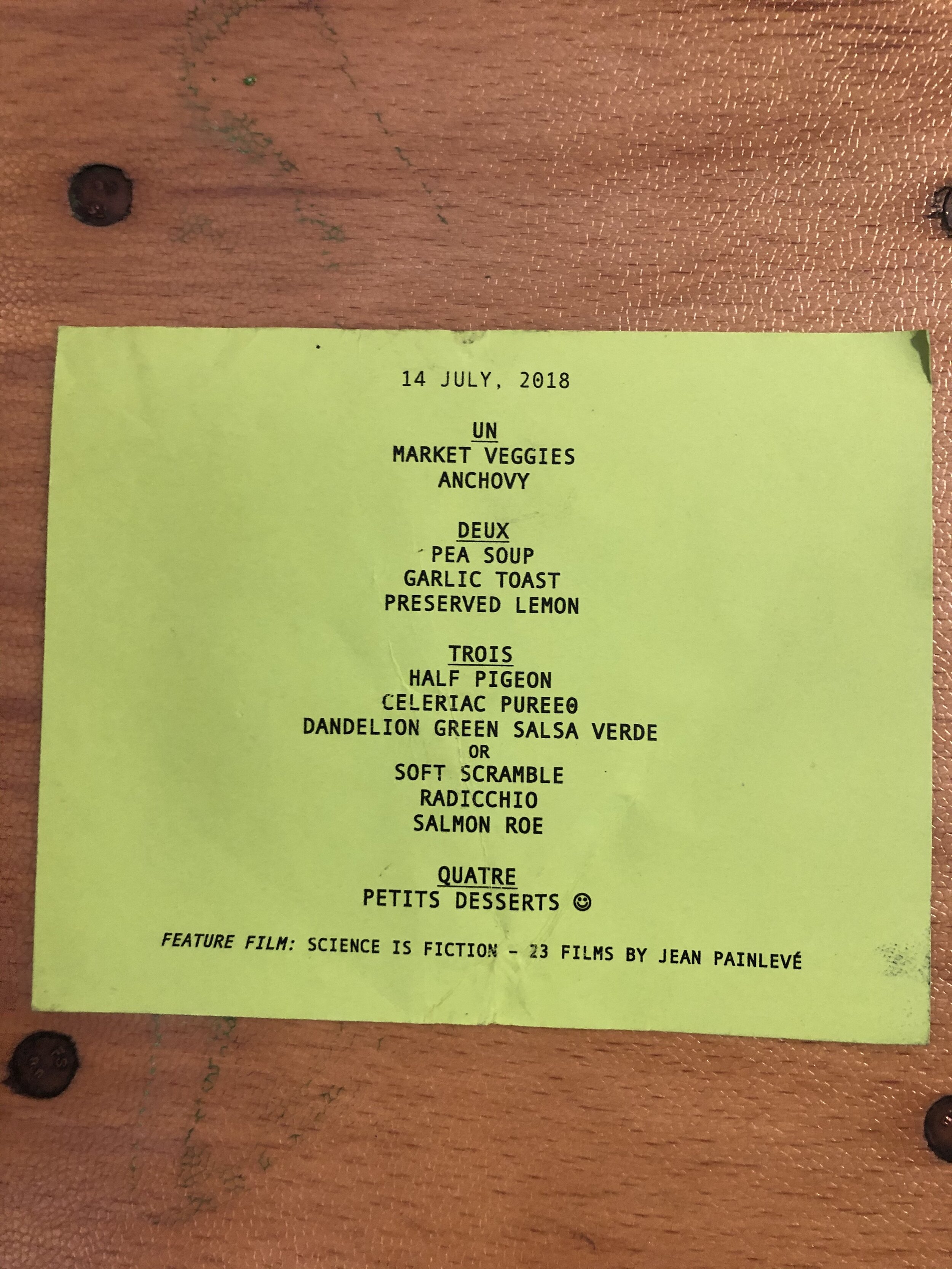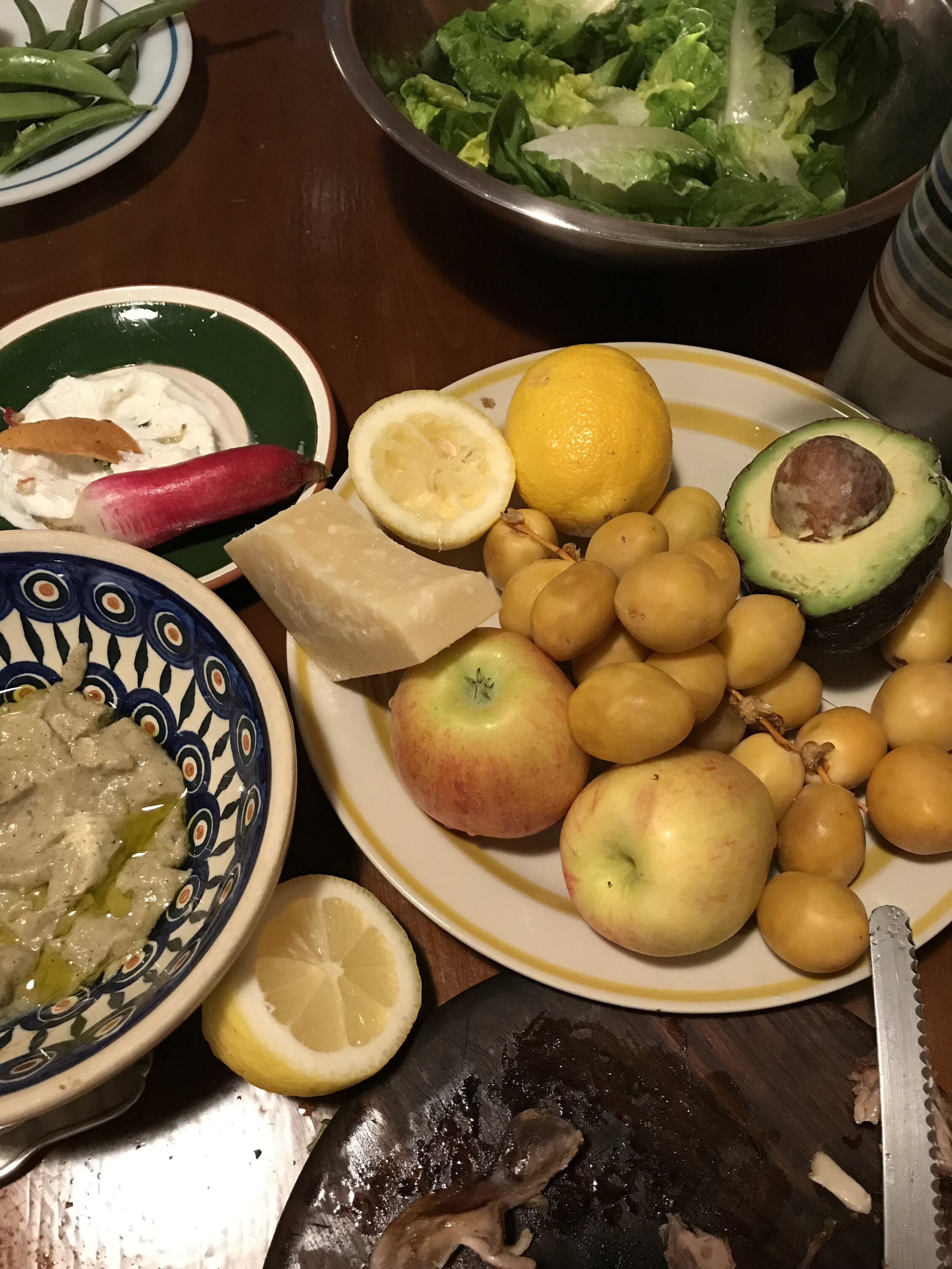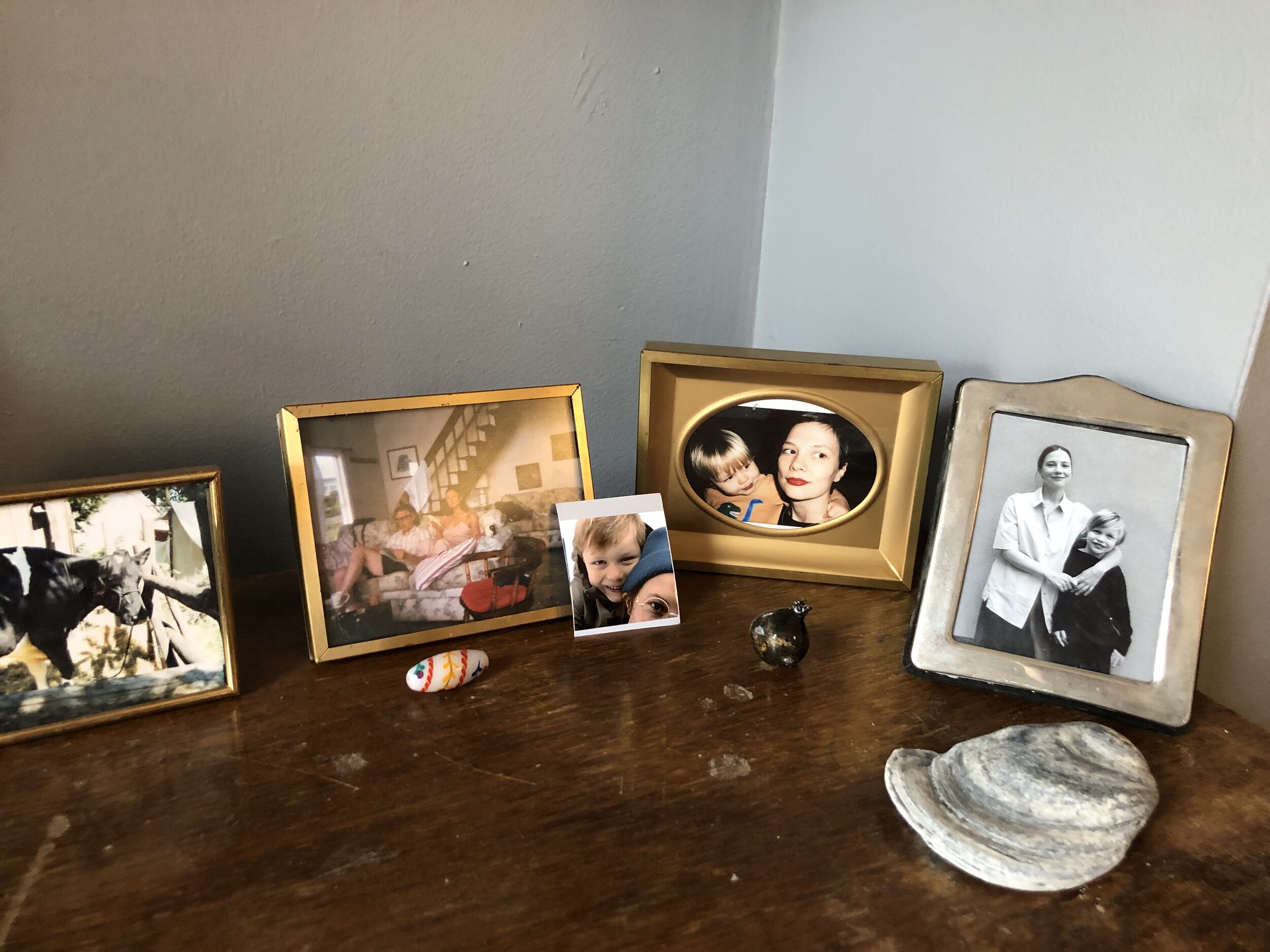Reality Bites is a new feature series focused on the relationships people have with food, what kinds of cooking they’re inspired and sustained by, and the ingredients and tools that help them along the way.
Our first guest, Christina Crawford, has a storied history in food—from working in West Coast restaurants as a teen to cutting her teeth at Chez Pannise to leading food innovation at a coffee roaster in Kenya. Now, Christina is taking the fermentation world by storm as the founder of TART, where she ferments small-batch traditional double-fermented vinegar.
What's your morning routine?
If it’s the half of the week that I have my son I am up before him making some Bob’s Red Mill Scottish Oats with crushed cardamom from Diaspora Co. and either raisins or fresh blueberries if he hasn’t eaten all of them, and always maple syrup and some butter. At the stove I put water on for a Chemex but before it boils I pour some into my mug with a spoonful of lemon preserve paste to sip. While I stand at the stove I roll a small rubber ball under my heel and between my toes that you can find for twenty five cents in the machines in front of bodegas. I’m on my feet all day so this tool is really useful. Oh and I also turn the radio on to WFMU and try to dance—and at the very least, I get some stretches in.
Tell us a little bit about your background and how you got into food.
At six I remember being the kid in my family who’d eat a whole artichoke heart and drink pickle juice. I always wanted to eat what the grownups ate, and I cooked for my family, as early as I can remember. Dutch pancakes, tuna casserole, a lot of sandwiches, and a lot of oatmeal as a kid—that’s when I learned to boil the raisins and salt first before you put in the oats to make the water all sweet and the raisins plump and juicy. I can’t remember ever being intimidated by food which helped a lot because my exposure as a kid was pretty limited.
I worked front of house in restaurants starting as a teenager and then I worked at Trader Joes in Portland before transferring stores and moving to Santa Barbara at 19, by the time I left I was a produce buyer, which was really my first introduction to food in a big way. It really helped later on when I would be asked to find tarragon in a walk in. A few years later I moved to San Francisco and transitioned from a part time hostess to full time back of the house when someone didn’t show up for a lunch “garde manger” shift.
The Bay Area is where I learned to cook which is very lucky when I look back now. I got access to the best produce, farmers, and most importantly talented cooks, and we had a lot of freedom to develop menus that were fun. After working at several restaurants I was offered an opportunity to open a small spot with my friend Anna who later started a tea company called Leaves & Flowers but the restaurant plan fell apart and I took the menu I had developed and used it to apply for a job in Kenya, as the food innovation manager for a coffee exporting company that had several cafes. The contract was initially 3 months and I stayed an additional year plus and I was asked to stay full time. In Kenya I had my first garden, and I had hoped to start a small charcuterie line in Kenya. I was working with a family creamery who raised pigs and fed the whey byproduct of cheese to the piggies as well as garden scraps and we would age everything in unused cheese caves. It was epic hippie level for me. I think being born in Montana to a dad who ran and operated a chainsaw sculpture “gallery” off of a highway leaves a person naturally inclined to move slower.
How would you describe your diet and relationship to eating?
I like to think I eat everything, but I don’t. I eat what I want but that typically involves a lot of simple good ingredients not doing much. Since I was raised kosher there was no pepperoni pizza or bacon or McDonalds growing up and it still feels strange to eat sometimes. My dad is a hunter and thrifty so we ate a lot of venison growing up and cold tofu dipped in Heinz 57 sauce. My parents were hippies with no talent.
Now I am driven by food that makes my body feel good, and also taste good. That sounds obvious but I was raised to think that the food that tasted terrible was good for you. Luckily I discovered good salt and psilocybin in my 20’s. We should enjoy what we put in our bodies and if it taste bad it better be really fucking good for me.
How do you go about planning and prepping your meals?
I will make batches of beans, lentils, and stocks often and plan meals around that. A regularly made meal is a stock pot with seared lambs neck bones from Kinderhook Farm, onions and celery, then add water and equal amounts yellow lentils, and mung beans, add a persian dried lime, a ton of ginger sliced, a dried chili, a tbsp of coriander seeds, some cumin, and some dried sea lettuce or kombu. If I am home alone I will eat a pint of Cabot cottage cheese with Fly By Jing Sichuan chili crisp for dinner or half a loaf of good bread (She Wolf) and olive oil (Brightland) or butter and salt.
Where do you shop for your ingredients?
I live near Sahadi's and purchase a lot of bulk dry ingredients like beans, herbs, spices, and a 10 lb bag of basmati rice and several types of butter. There are five kinds of butter in my fridge right now. I shop at the Union Square or Cobble Hill farmers market once a week. I live right above a pretty good veggie market and have anxiety about what life will be like someday when we move and I can’t send my kid downstairs barefoot to grab some shallots or a bunch of cilantro.
Other favorite spots: I go upstate about once every other month and do a big meat purchase from Kinderhook and buy all my bones and special meats like lamb neck bones, or frozen bacon ends. For TART, I source a lot of ingredients directly from smaller farms like Campo Rosso. I also work with a citrus farmer named Isabelle in New Orleans who’s really sweet. After her day job giving tours around the city, she picks Meyer lemons and packs up my order at night using a headlamp–portioning each box using a Weight Watchers scale for shipping. I know this because she sent me photos. I absolutely adore her.
What’s your food shopping strategy?
The list is the most important part, and I LOVE lists. Anytime I feel overwhelmed and anxious I make a list. I make a list that will include notes about making other lists. My shopping “strategy” if you can call it that, is that most days, I decide on what our dinner will be in the morning, and run to the store during the day for anything I need. With a list. Or I get home and just make due. I am creative and lazy.
what do you do when you feel uninspired to cook?
If I don’t feel inspired to cook I don’t cook.
What do you eat that makes you feel your best?
Brothy soup with avocado and herbs but boiled new potatoes with sour cream and butter and sea salt and fresh black pepper makes me feel grounded. It's a tragedy that my kid doesn’t like soup yet.
What’s always in your fridge and pantry?
Dried beans, basmati rice, 5 different butters, orange bitter marmalade, miso paste, oatmeal, maple syrup, red pepper paste, preserved lemon paste, 4 different salts, sour cream, too many kinds of tea to count, coffee (Variety coffee and Puff Coffee), berbere spice, Persian limes, kaffir leaves, cumin, fresh ginger, coriander seeds, dried mushrooms, coconut cream, corn tortillas, evoo, anchovies, sardines, eggs, radicchio, olives, herbs that need to be picked because half have gone bad and so many vinegars.
What do you eat or drink when you're bloated?
I make a pot of fennel seed, burdock root, and licorice root tea after dinner almost every night or some combo of that.
what ingredients do you avoid?
Commercial veggie stock, I believe in my soul that salt water is better.
what cookware and servingware are essential, and where do you get them?
I keep it pretty basic. Sharp knife, Rösle large tongs, fish spat, cast iron, dutch oven, mortar and pestle, my Perfex pepper and salt mills with the little square doors. Vintage cast iron and dutch ovens on eBay or thrift almost always. You want something that isn't chipped and the seller has good reviews, I buy a lot of Dansk for the colors, the paella dish is perfect, plus the handles and weight of each product make it perfect for hanging in your kitchen to be on display.
You only need 3 knives—1 sharp chef's knife, 1 small paring knife, and a serrated bread knife. Carbon steel if you are into sharpening your own knife and are disciplined to wipe it down and keep very clean and dry. I prefer 8 inch Japanese knives that are not bulky and fit nicely in your palm, I detest handles that are metal, and prefer hardwood. Go to a knife shop or even Sur la Table and spend around $150 or less. Hold at least 4 different knives before picking, it should feel comfortable and fit your palm. Most people (*almost all*) do not need a $400 knife.
My dishes don’t match and they were cheap and I love them and when they break I don’t do any math in my head. Buy from someone you know who made something or go to a thrift store and buy used for $1. I do have one special mug I use everyday from Rachel Saunders and I feel love in the cup. I also have one bowl and one water pitcher from Ginny Sims Ceramics that are really special and everyone in the house knows to handle with care.
Essential cookbooks?
The books I gift and feel like food poetry are: Dimes Times: Emotional Eating by Alissa Wagner and Sabrina de Sousa, How to Cook a Wolf by M.F.K. Fisher, Salt, Fat, Acid, Heat by Samin Nosrat which is a masterpiece. I am really excited about two new books: Always Add Lemon by chef Danielle Alvarez and Mister Jiu’s in Chinatown by Brandon Jew and Tienlon Ho.
Chefs or individuals that inspire you?
Sarah Nsikak, Lucy Wainwright Roche, Chakriya Un, Aishwarya Iyer, Natasha Pickowicz, Russel Markus, Susan Kim, Kacey Johansing, Millicent Souris, Nick Perkins, Rachael Petatch. They all share their hearts in some way with the world in activism, building a business, pivoting a business, making music, cooking, showing up.
What are your favorite restaurants and where do you get take-out (if you do)?
I have not been doing any dining out during this time but I do a lot of “market shopping” at Hart's and Cervo's. Hibino is a local Japanese spot we get take out from the most. Also: spicy Szechuan wontons from The Dumpling Shop on Second Avenue (RIP, unfortunately), matzoh ball soup from 2nd Avenue Deli and the borscht soup from Veselka also on Second Avenue.
Your go-to recipe?
A tortilla burnt on the stovetop with a fried egg and hot sauce.
all images provided by Christina Crawford and header image by Clemence Poles




